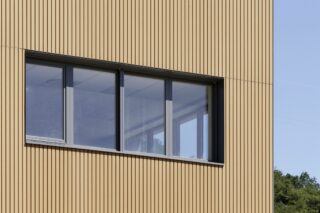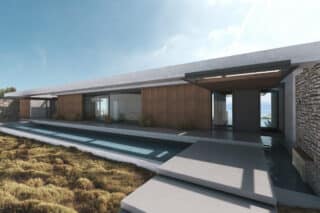At NeoCon this year, Carol Ross Barney, founder and president of Ross Barney Architects, discussed the importance of creating healthy urban public spaces. Her firm is responsible for several rehabilitation projects in Chicago including CTA Cermak-McCormick Station and the Union Station Master Plan. Her firm works to improve experiences of the urban setting, especially in Ross Barney’s native Chicago, because “urbanization helps conserve the planet’s resources,” she says. Today, more than half the world’s population lives in cities.
The firm recently completed a three stage riverwalk recovery project along Wacker Drive, implementing Daniel Burnham’s 1909 multi-level plan, just a century late. The plan, inspired by the riverwalk along the Seine in Paris, called for a continuous pathway beneath bridges. While this had been a simple task in Paris, Chicago’s moveable bridges necessitate bridge houses that the path needed to bypass while respecting a 25-foot build out restriction. The multiple permits necessary to carry out the project, preparing for large water level variations, handicap accessibility and lack of funds throughout the project were other road blocks that needed to be navigated.
The Vietnam Veterans’ Memorial, at the end of the riverwalk’s first stage, was controversial at the beginning of the project. The previous memorial stood at street level, while the riverside below had fallen into disuse. This made it hard to imagine attracting visitors to its lower-level replacement. But the project not only succeeded in bringing a pulse of city life to the riverfront, but also to the new Veterans’ Memorial.
The architects assigned themes to the river sections between bridges, creating “a continuous path with multiple experiences,” says Ross Barney. A few examples include the Marina, where boats can dock, the Cove, dedicated to human-powered craft and the Jetty, where native Illinois plants recreate the natural riverbank environment. The last stage of the project was completed in October 2016.














